The market's significant price decline is testing our faith. Furthermore, Q2 of this year was generally expected to be a bullish market, but the market performance has been relatively weak, which is the current situation of Web3 games.
However, we also understand that users tend to excessively focus on market sentiment on Twitter and use it to judge project development. Currently, Web3 games are being labeled as "dead" or "failed experiments" because many new projects have failed to meet market expectations.
This is a critical moment to re-examine and test market faith.
What is the market opportunity for Web3 games? It's the billions of active players!
Has Web3 really solved a big problem? Yes, it can transform value extraction into value creation, give players ownership, and enable new virtual economies and experiences.
Are we moving towards a state where more and more people spend more time in the digital world and games? Absolutely!
That's right - Web3 games have the best opportunity to attract millions of players to join! The calm period may be tough, the market may be weak, but it will never be defeated.
In this article, we will explore why Web3 is the next catalyst for the game to re-enter the growth stage, the development of the Web3 gaming field in recent quarters, and the conditions required for success.
Web3 will ignite the next round of growth in the gaming industry
Gaming is a huge industry, with revenues (about $200 billion) surpassing the total of movies and music, yet the industry's growth has stalled. According to Unity's 2024 Gaming Report, gaming revenue in the United States has only grown by 7% since 2019, with in-app purchase revenue declining by 13%.
The industry is also unable to continue expanding, making it more difficult for games to break through. In the mobile category, over 50% of revenue comes from the top three games in each category, and 82% of revenue comes from games from two years ago. In PC and console games, 66 games account for 80% of game time (this trend has been ongoing for several years).
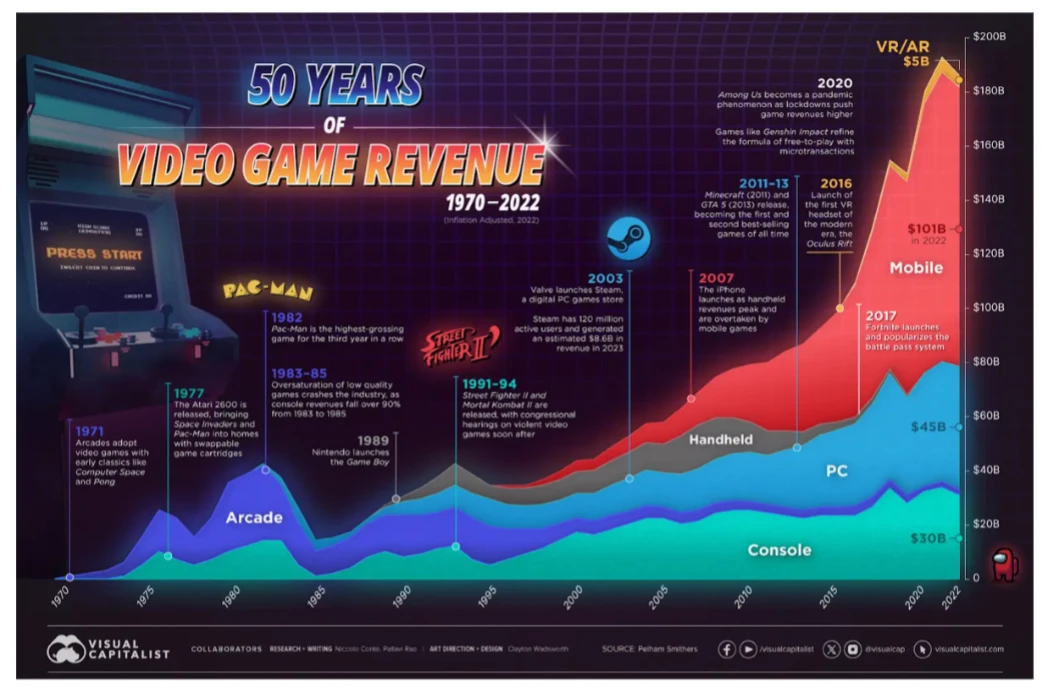
Image Source: https://www.visualcapitalist.com/video-game-industry-revenues-by-platform/#google_vignette
These data clearly show that games across all media have become inflexible, limiting the overall potential of the industry. This is why new media and paradigm shifts are needed to bring the industry back to a growth stage - we believe Web3 games are key.
In the past, the form of new media was a change in hardware. From now on, we will see enhancements to software through new technologies such as Web3.
The integration of Web3 into games adds several layers of valuable practicality. First, Web3 unlocks true asset ownership for players. As the physical and digital worlds merge, people will value the items they purchase equally. For example, when players purchase physical game discs, they can also sell them when they are tired of playing the same game.
So, why shouldn't players also have the option to sell the in-game items they purchase or obtain?
Think about it: if you are playing a game and have spent countless hours leveling up your hero, wouldn't you want to own that character as a digital collectible? And possibly sell it on the secondary market because there is likely to be demand?
In Web3, games can create freedom and an open economy for players. They can profit from owning assets. Additionally, they are not bound by intermediaries and do not have to pay high fees. Owning assets not only means monetization within the game - NFTs can also represent achievements, experiences, and things beyond the game.
In addition to NFT assets, players also have the opportunity to participate in token-driven economies. For years, we have seen serious issues with the "play-to-earn" model, with token issuance out of control and a lack of long-term incentives.
However, since the first wave of GameFi retail, the situation has changed. We have seen many games embrace this new trend, bringing new dimensions to gameplay.
There are many reasons to focus on enhancing Web3 games. But don't people hate NFTs and crypto games? Yes, market sentiment is low, but this is normal when new trends begin to form. Let's go back to the free-to-play era to better understand this.
When free-to-play games became popular, they also faced image problems. Developers were reluctant to label their games as free-to-play, and players believed these games were endlessly exploitative. Public aversion to free-to-play games reached a point where platforms like Apple considered removing this category.
Fast forward to 2024, Apple has earned hundreds of billions of dollars in revenue through the App Store. Projects that were once insignificant in terms of revenue have now become an important part of Apple's profitability.
This pattern is not new. Negative views can quickly turn into positive ones, completely changing the perception of fundamentals. This is the speed of reaction in these markets.
The truth about Web3 games that charts cannot tell you
People are frustrated that Web3 games have not yet entered the mainstream market. This sentiment is understandable - we have seen billions of dollars pour into this field, yet there has not been a successful case. But we must realize that building games and building Web3-enhanced games are two completely different things.
As Carlos Pereira, a partner at BITKRAFT Ventures, put it: "Developing Web3 games is like building a plane while flying, and you also have to figure out where to go and how to get there."
Unlike traditional game developers, Web3 developers have to deal with blockchain infrastructure, new user acquisition methods, and real-time token economies.
Games need to iterate constantly to increase appeal while adjusting the game economy. If the balance is lost, the entire project could be affected.
That being said, Web3 games have made huge progress in various aspects over the past few years.
Policy Changes
Game distribution has always been one of the biggest issues for game developers. Apple and Google do not allow crypto games to go live with full functionality in their app stores. Developers have had to restrict certain features, and players have had to pay a 30% fee for NFT sales.
Since then, we have seen some refreshing policy changes, with the Google Play Store providing clear guidelines to support blockchain-based experiences for developers. Even publishers like Epic Games have launched over 70 blockchain games on their game platform. This indicates that the distribution capability of crypto games is continuously strengthening.
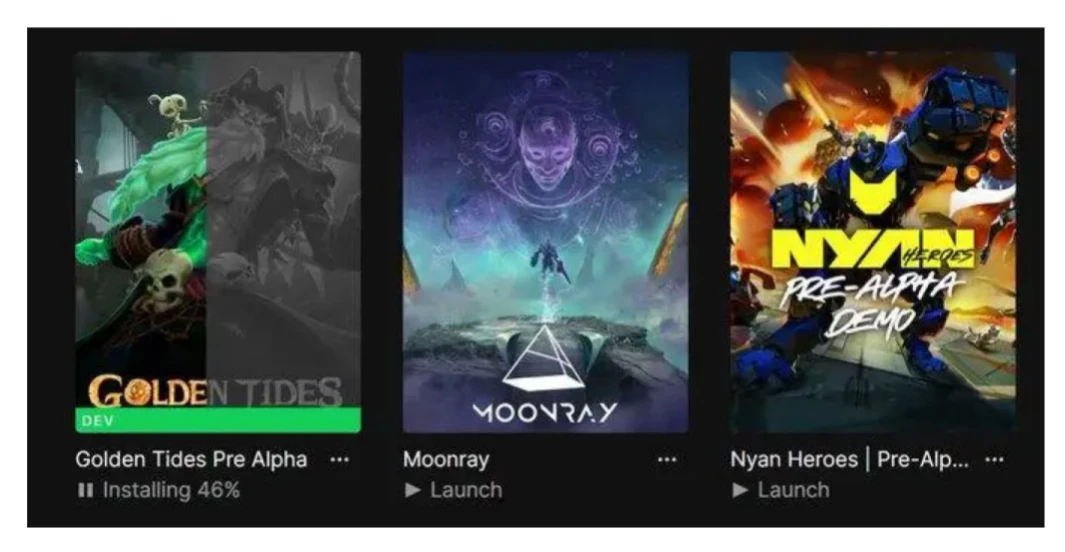
Blockchain User Experience
For years, people have complained about the poor user experience of blockchain, and this complaint is valid. Creating wallets, protecting keys, signing multiple transactions - for players, this is a nightmare! Fortunately, this onboarding process and player experience have significantly improved.
Now, games use Web2 registration methods, such as social logins. You can connect your Gmail or Twitter account to start playing, optimizing the player experience and eliminating barriers to entry. For example, games are covering gas fees for players. Additionally, session keys allow games to sign transactions on your behalf, providing an uninterrupted gaming experience.
https://x.com/argentHQ/status/1806336016455762359
External Validation
According to reports from Helika and Pantera Capital, 70% of top Web2 game studios are exploring Web3 and allocating significant resources and funds to launch new projects.
These are not companies that suddenly emerged and took advantage during a bull market. For gaming giants with billions of dollars in revenue, the risk of venturing into a new, unverified field is too great, and the opportunity cost of being left behind is even higher.
Zynga, the creator of FarmVille, is building an original IP called Sugartown. They have already launched two mini-games and NFTs called Oras. Ubisoft is also heavily betting on Web3, launching their title "Champions Tactics," a strategy RPG. Many other top studios are also launching Web3 projects, including Neowiz, Krafton, Netmarble, Nexon, Bandai Namco, and Square Enix.
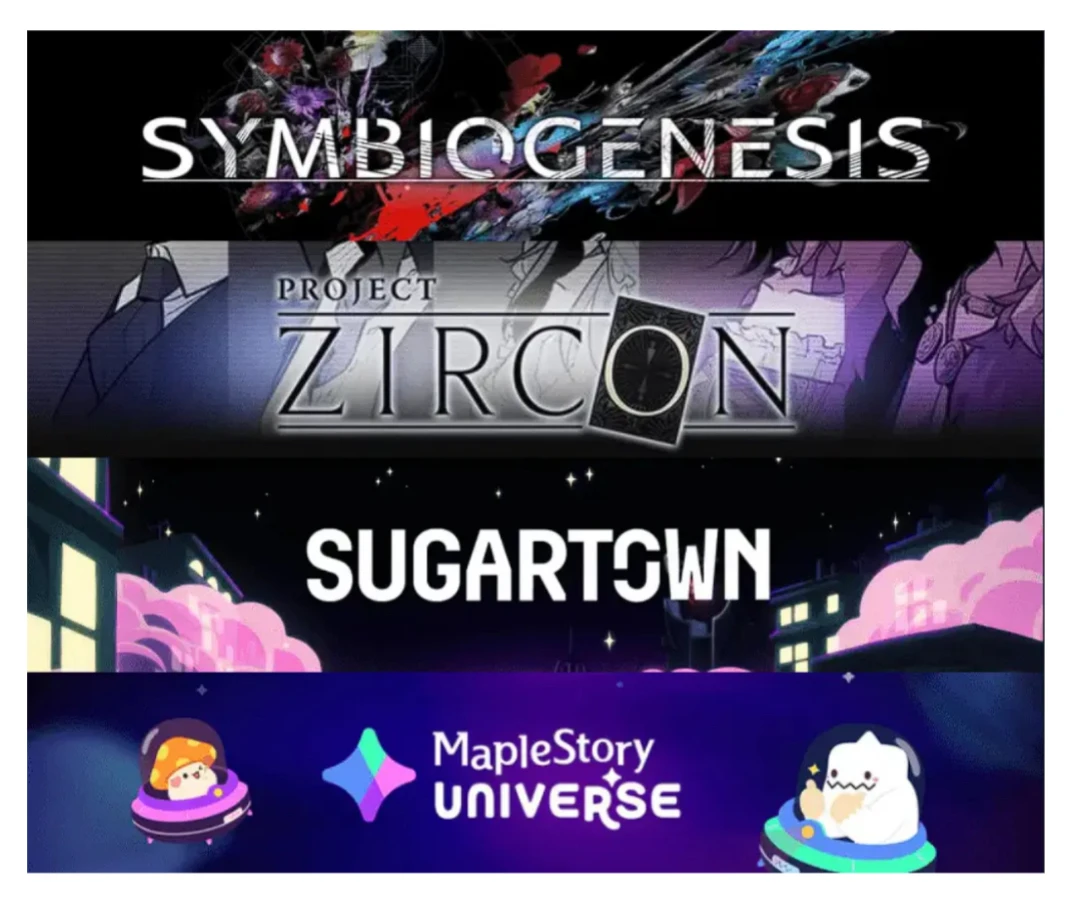
New Trends
We have seen several new trends emerging in Web3 games. First, we have seen the Play-to-Airdrop (P2A) model, where games create activities similar to loyalty programs to reward players and speculators.
Carefully designed P2A activities not only increase project revenue but also sustain player engagement after the airdrop. We have seen this in a game called Kuroro Beast, which earned $250,000 during its P2A activity.
Recently, Pirate Nation just concluded its initial airdrop activity, and players received tangible returns. Typically, NFTs associated with these activities would depreciate after the airdrop, but in this case, they actually reached new all-time highs (ATH).
Secondly, we see more and more projects building at the intersection of AI and Web3 games. AI provides a more immersive experience for games, helping to increase retention and player engagement. Notable projects include AI Arena and Parallel’s Colony.
Finally, we are also seeing new trends at the technical level. Games are now building their own chains using L2 and L3, adopting different blockchain stacks such as Arbitrum Orbit, OP Stack, Avalanche Subnets, and others.
The Secret to Success in Web3 Games
Games are based on popular works, so most projects are destined to fail. In Web3, it is even more challenging due to the lack of established patterns. However, certain factors can help projects stand out in a rapidly growing market. Let's understand them through a project that has attracted market attention by exciting brand reshaping - Zentry.
Grand Vision
Web3 unlocks novel game economies and experiences. Therefore, a project's vision should not just be about integrating Web2 and Web3 games. The uniqueness of Web3 games must be evident, meaning that the game economy must play a significant role in gameplay.
In the case of Zentry, their vision is to create a Metagame Layer, consisting of a unified game economy. With their extensive partner network, their world will encompass many IPs, always providing exciting activities for players.
Several game publishers are building these games. They recently acquired the Maxion studio and announced that the first IP will be Ragnarok MMO. With these games existing in the same ecosystem, there are many exciting collaboration opportunities and the potential to unlock new player experiences.
Zentry's Radiant product will be the gateway to these games, where players can undertake missions, trade, and battle. These games can be Web2 or Web3 games, accessible on platforms such as mobile devices and browsers.
These games are the beginning of a larger adventure that Zentry is building. One of the main products is Nexus, Zentry's social gateway. They are working to transform social interactions into new game experiences in both Web2 and Web3.
Nexus users earn Nexus shards as rewards based on their social interactions. The goal is to bring various types of content creators into the crypto space.
In addition to games and social, Zentry also ventures into AI agents through a product called Azul. Azul will help enhance the gaming experience and make other activities within the Zentry universe more immersive and effective.
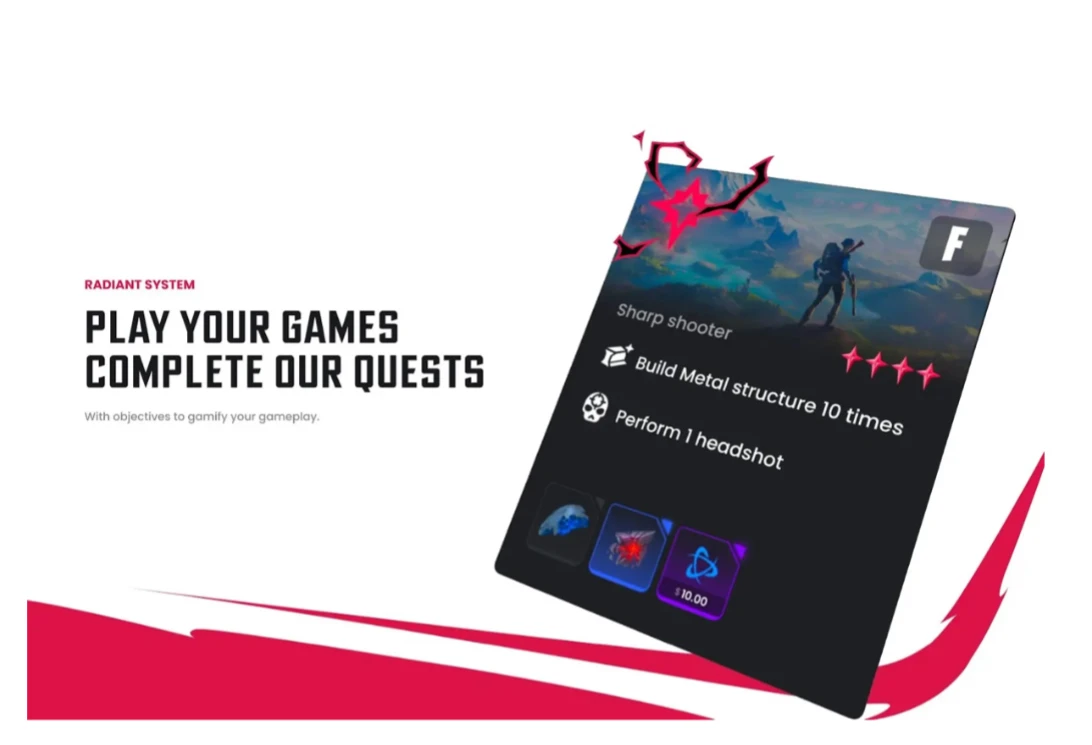
Strong Funding Reserves
In the gaming field, especially in Web3 games, multiple attempts are needed to achieve goals, requiring funds and resources for iteration. Many teams with grand visions raise funds but abandon the project within one or two years. This is because the project did not raise enough funds and did not generate income sustainably from its funding reserves.
In this regard, projects like Zentry are leading in the Web3 gaming field. Zentry's funding reserves exceed $150 million, including stablecoins, ETH, seed investments, strategic investments, and NFTs. They have created sustainable growth through staking and mining, building this "war chest." Zentry expects to earn at least $10 million in revenue solely from staking investments.
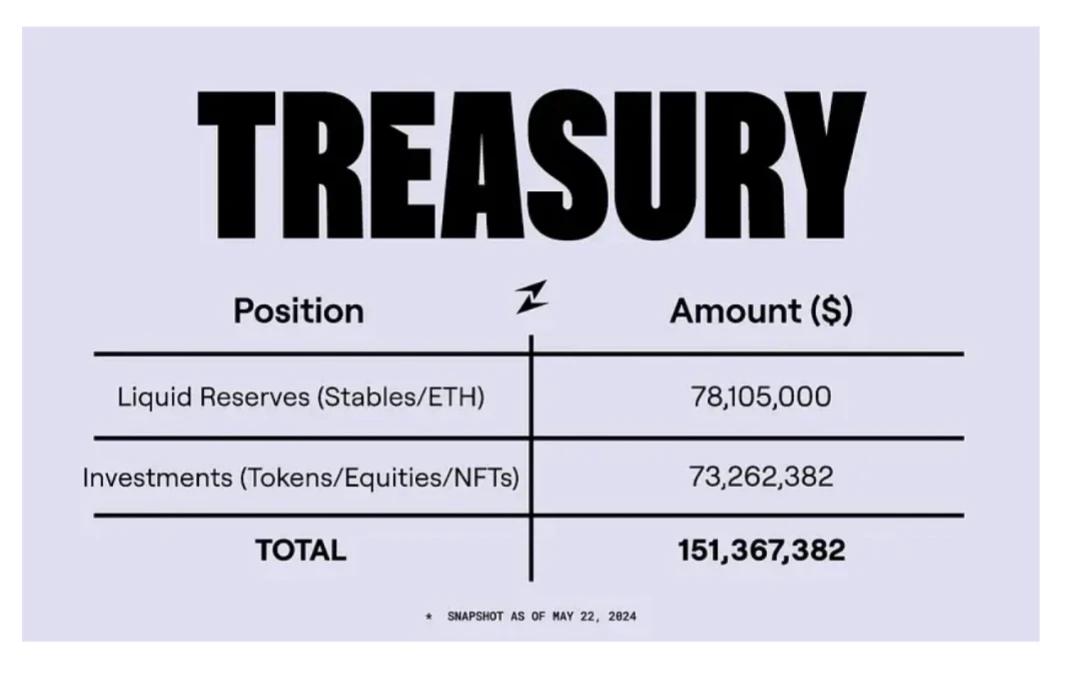
Zentry actually conducted its first TGE in 2021, right at the tail end of the previous cycle. Despite this, they not only survived the bear market of 2022 but also expanded their funding reserves. In similar situations, most teams simply pay themselves high salaries and bonuses and eventually "run away," leaving behind a devastated community.
If Zentry can survive as they did in 2022, there is no doubt they can handle any challenge.
Incentive Mechanisms
Community incentive measures are crucial for the long-term development of projects. If rewards are not distributed to the right people who create value for the game, the game may eventually collapse.
For Zentry, the way users are rewarded has long-term alignment considerations. Incentives depend on the user's value contribution to the Zentry universe. Token holders will receive a portion of the income generated by Zentry, which was not the case during the GuildFi era. Additionally, there are other sources of rewards, such as users being able to stake their ZENT or stZENT with Sophon for additional returns.
Narrative Layering
In the best-performing game projects during this bull market cycle, some projects' narratives have a layering effect, helping to attract the attention of different audiences. This will help change people's perception of the project and raise their expectations for its potential.
But that doesn't mean a project should jump from one narrative to another. The intersection of multiple popular narratives should be complementary and bring the project closer to its larger goals.
Zentry is a project that people will think of not just as a single game. They have a game publisher joining to release multiple games that make up the metagame layer.
They invest across the ecosystem, allowing users to access some of the best projects, as the value is fed back to token holders. They use AI agents to improve gameplay within the Zentry universe and other gamified experiences.
Most importantly, as the game king, they provide efficient interoperability between multiple games, the digital and physical worlds, and the Web2 and Web3 worlds.
All these different narratives open up interesting possibilities for Zentry, which could play a crucial role in driving its forward momentum.
Conclusion
When done right, Web3 and gaming are a perfect match. Zentry is an example of this. With a massive war chest and a sustainable revenue strategy, Zentry has the ability to continuously innovate in the metagame layer and embrace the next wave of retail users.
The same applies to the entire crypto world. It is only possible to create mainstream popular games by having enough capital for multiple project iterations, embracing crypto-driven economies, and ensuring long-term incentives are in place.
However, the likelihood of success in creating Web2 clone games while adding some Web3 elements is extremely low. Therefore, we must be cautious when choosing projects to bet on.
In conclusion, gaming will become one of the most important consumer-facing applications in the crypto space. Many games have recently launched, and more are preparing to launch in the coming months. Let's not be misled by the current market fluctuations and focus more on the grand future vision of Web3 games.
免责声明:本文章仅代表作者个人观点,不代表本平台的立场和观点。本文章仅供信息分享,不构成对任何人的任何投资建议。用户与作者之间的任何争议,与本平台无关。如网页中刊载的文章或图片涉及侵权,请提供相关的权利证明和身份证明发送邮件到support@aicoin.com,本平台相关工作人员将会进行核查。




